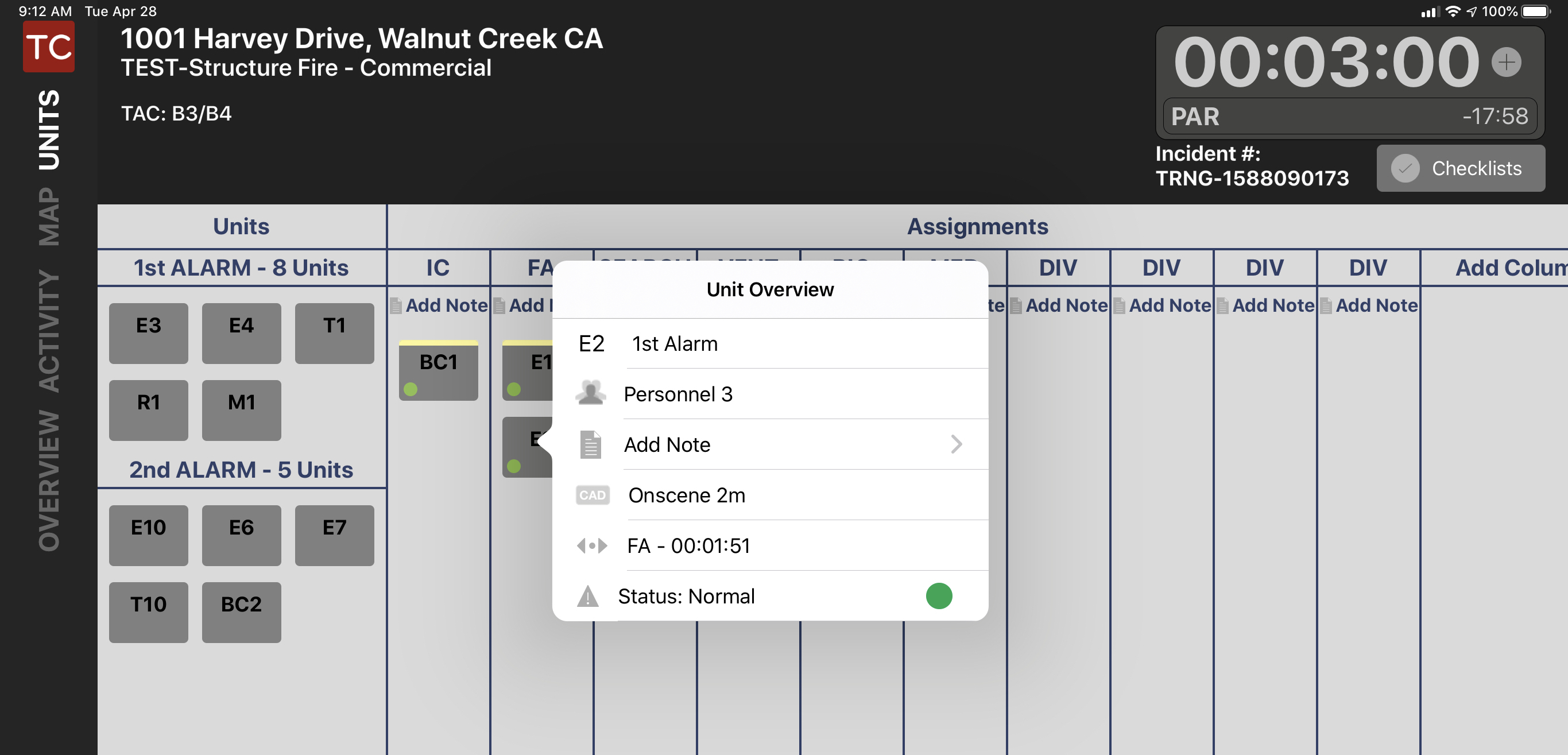

The preset tab stop specifications that are recognized are as follow: aĬOBOL compact format (columns 1-6 omitted). The specification t-0 specifies no tab stops at all. This is the tab stop setting that most system utilities assume, and is the most likely setting to find at a terminal. Standard tab stops are specified by t-8, or, equivalently, t1, 9, 17, 25. Therefore, the formats t1, 10, 20, 30 and t1, 10, +10, +10 are considered identical. If any number (except the first one) is preceded by a plus sign, it is taken as an increment to be added to the previous value. Up to 40 numbers are allowed in a comma-separated list of tab stop settings. A - (dash) followed by the name of a preset tab stop specification.A - (dash) followed immediately by an integer n, indicating tab stops set at intervals of n columns, that is, at 1+ n, 1+2* n, and so on.A list of column numbers separated by commas, indicating tab stops set at the specified columns.The value of tabs must be one of the following: Specifies the tab stop settings for a file. The following parameters are recognized: ttabs Each parameter consists of a letter key, possibly followed immediately by a value. A format specification occurring in the first line of a text file specifies how tab characters are to be expanded in the remainder of the file.Ī format specification consists of a sequence of parameters separated by blanks and surrounded by. This is often done by replacing all tab characters with the appropriate number of space characters, before they can be processed by any commands. Such files must be converted to a standard format. It is sometimes convenient to maintain text files with nonstandard tab stop settings (tab stops that are not set at every eighth column). If the tabs command does not find a format specification, it sets tabs to the system default ( -8).

If the tabs command finds a format specification, the tabs command sets tabs as specified. Reads the first line of the Filep file for a format specification. Thus, the tab list specified by 1,10,20,30 provides the same tab settings as the tab list specified by 1,10,+10,+10. If any number except the first has a plus-sign prefix, the prefixed number is added to the previous number for the next setting. Sets tabs at the specified column numbers (a comma-separated list in ascending order). If more than 20 tabs are set, you must run the tabs command twice to clear them. The -8 setting is required when using the nroff command with the -h flag.) Another special case is the -0 setting, which implies no tabs at all. (The standard operating system tab setting is -8. Sets regularly repeating tabs at every Number column. In addition to the preset formats, the TabSpecs parameter can include: - Number
Command tab plus 2 code#
Files using this code should include a format specification of: These tabs provide the recommended format for COBOL. One space gets you to column 8, and a tab gets you to column 12. With this code, the first column position corresponds to card column 7. Sets the tabs to 1, 6, 10, 14, and 49 (COBOL compact format, columns 1-6 omitted). Sets the tabs to 1, 8, 12, 16, 20, and 55 (COBOL normal format).

Sets the tabs to 1, 10, 16, 40, and 72 (IBM System/370 Assembler second format). Sets the tabs to 1, 10, 16, 36, and 72 (IBM System/370 Assembler first format). The following preset formats can be specified for the TabSpec parameter: -a If you do not specify the TabSpec parameter, the default value is -8. When you use the tabs command, always refer to the leftmost column number as 1, even if your workstation refers to it as 0. Tab stops are set according to the TabSpec parameter, and previous settings are erased. The tabs command specifies tab stops on terminals that support remotely settable hardware tab characters. AIX Version 4.3 Commands Reference, Volume 5


 0 kommentar(er)
0 kommentar(er)
